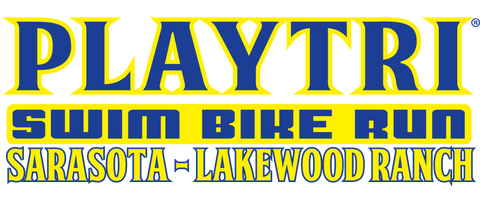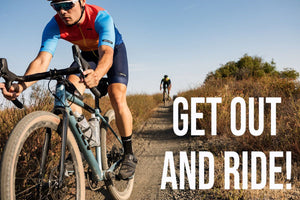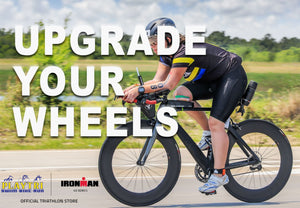
Swim Equipment To Build Strength + Technique
Swimming is one of those sports that can take a lot of time and focus to make marginal gains. A late onset swimmer (someone who began swimming as an adult) is someone who can benefit from increased time in the water, as well as specific equipment that is made to help create efficiency in the water. As a swim coach for amateur and elite swimmers, swim equipment is something that we use daily, and I have translated this use of equipment to coaching triathletes of all levels.
Swim Snorkel
A swim specific snorkel is arguably the most useful piece of equipment for triathletes struggling with body position. A snorkel allows the athlete to keep their head down and focus on the strokes and kicks without having to add in the extra step of breathing while swimming. This is a tool that can be overused, but it can be beneficial to all athletes looking to improve their swim and overall body position in the water, and is helpful for learning new skills and drills.
Paddles and Buoy
Triathletes utilize their legs in the bike and the run portion of a race, so the swim portion should be primarily upper body focused. The less a triathlete can use their legs in the swim, the more rested their legs will be when they get on the bike. A pull buoy is a piece of equipment that sits between the legs of the athletes and acts as a float to help align the body properly and lift the hips to the surface of the water. Body and hip position in the swim is crucial for an athlete, and a buoy teaches an athlete what proper body position feels like. Paddles (such as the TYR Catalyst Stroke Paddles) create a greater surface area for the “catch” of the stroke, which in turn creates more resistance and a stronger overall pull. The consistent use of paddles will help build the swim specific muscles in the upper body, such as forearms, triceps, and lats.
Fins
Fins are not only used to build strength in the legs, but they also help teach the proper kick mechanics. Many late onset swimmers will have too much of a knee bend, to where it looks as though they are “riding a bicycle” while they are kicking. Too much knee bend, creates a circular kick, which in turn results in a non-propulsive kick that increases drag and wastes energy. The utilization of fins not only create resistance to build kick specific strength, but it teaches the athlete to kick properly with more of a “relaxed knee bend” to create a more fluid kicking motion. Short fins are better for athletes who are more comfortable with swimming and are looking to build more leg strength, while longer fins are good to teach that proper kicking motion. Fins are also a great tool to use during drills to help ensure the hips do not sink and the body position stays proper throughout the slower swimming process. Be careful when using fins as they do put more resistance on legs - build up to longer sets.
Honorable Mentions
Stretch or swim bands are a great way to build swim specific upper body muscles. If you are unable to get to a pool or want to add an extra element to building your swim, look into adding bands to your bag of equipment (they also make a great race day warmup option for races that don’t allow you in the water pre-race). You can also use different types of paddles, such as freestyle paddles, agility paddles, or fingertip paddles to build different parts of your stroke, such as the catch or the arm tempo.
Finally, it is worth mentioning that while all pieces of swim equipment are great, it is important to use them purposefully and not to become too reliant on any piece of equipment. If you have any questions about swim equipment, or anything swimming related, do not hesitate to reach me and michael.rourke@playtri.com.
If you are looking for a remote swim analysis (available to athletes worldwide) or private swim lessons, click this link https://www.playtri.com/playtri-swim-lessons. Happy swimming!
Coach Michael Rourke is a Level 2 Playtri Coach and an American Swim Coaches Association Level 4 swim coach. He coaches junior and adult triathletes of all levels, as well as high school elite swimmers. He is also a 70.3 World’s Qualifier.


